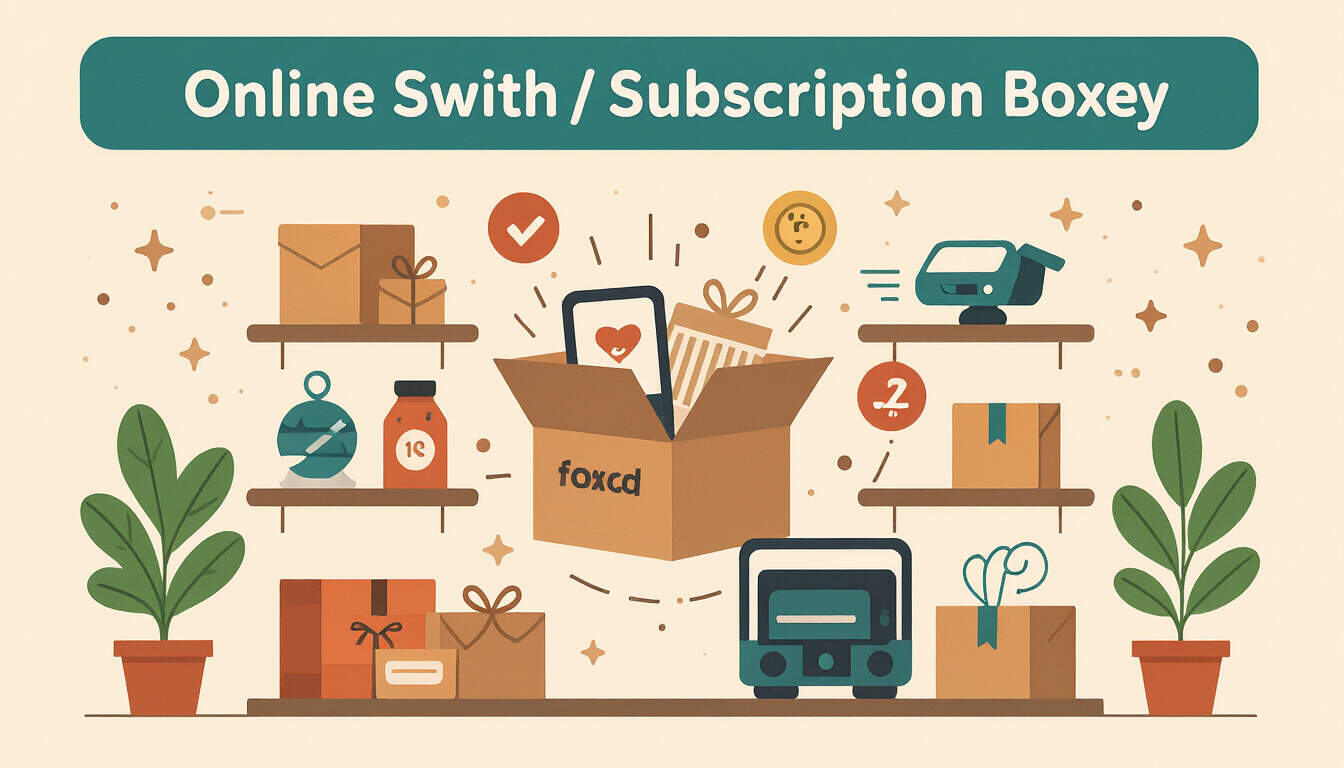E-Commerce Automation for Tiny Subscription Models
 by Shanie Goodwin
by Shanie Goodwin
Explore how automation streamlines tiny subscription commerce for entrepreneurs, offering efficiency in operations and customer retention. Learn strategies to implement automation effectively in small-scale e-commerce ventures.

Subscription commerce has become a key part for small businesses aiming to build steady revenue. Entrepreneurs in this field often deal with recurring deliveries and customer management. Automation plays a vital role in making these processes smoother.
In subscription models, businesses send products regularly to customers. This includes items like monthly beauty boxes or weekly meal kits. For tiny operations, managing these can be challenging without the right tools. Automation helps by handling repetitive tasks automatically.
One main advantage is time savings. Entrepreneurs can focus on growth instead of daily operations. For example, automated billing ensures payments are processed on schedule. This reduces errors and keeps cash flow consistent.
Another benefit involves customer experience. Subscription services thrive on personalization. Automation tools can track preferences and send tailored recommendations. This builds loyalty and encourages renewals.
Setting Up Automation in Tiny Models
To start, entrepreneurs need to choose the right software. Options like simple platforms integrate easily with e-commerce sites. These tools handle inventory, orders, and even shipping notifications.
First, assess your needs. If your business sells niche products, look for systems that support variable subscriptions. For instance, a coffee shop might offer different roasts each month. Automation can adjust inventories based on trends.
Next, implement email sequences. Automated emails remind customers about upcoming renewals or suggest add-ons. This keeps engagement high without manual effort.
Data management is crucial too. E-commerce platforms with automation features track customer data securely. This allows for better analytics on subscription trends, helping predict demand.
Practical Strategies for Entrepreneurs
Consider starting small. Begin with basic automation for order processing. As your business grows, add features like abandoned cart recovery. This sends reminders to customers who forget to complete their subscriptions.
Integration is key. Link your e-commerce site with payment gateways for seamless transactions. Many tools offer APIs that connect everything automatically.
For tiny models, cost is a factor. Opt for affordable solutions that scale. Free trials can help test features before committing.
Customer support automation is another area. Chatbots can handle common queries about subscriptions. This frees up time for entrepreneurs to innovate.
Overcoming Common Challenges
In tiny subscription commerce, scaling can be tough. Automation addresses this by handling increased volume. For example, if demand spikes, systems can process more orders without added staff.
Security matters as well. Ensure automated systems comply with data protection standards. This protects customer information and builds trust.
Testing is essential. Before full launch, run simulations to check how automation performs. Adjust based on results to avoid disruptions.
Real-World Applications
Take a small artisan business that sells handmade soaps. By using automation, they set up monthly deliveries. The system tracks stock and alerts when supplies run low. This keeps operations running smoothly.
Another example is a book club subscription. Automation sends curated selections and handles payments. Customers receive books without hassle, boosting satisfaction.
Tools to Consider
There are several options for entrepreneurs. Basic e-commerce platforms offer built-in automation. For advanced needs, specialized software manages subscriptions end-to-end.
Look for user-friendly interfaces. These make it easy to set up rules for automation without technical expertise.
Final Thoughts
Adopting automation in tiny subscription models empowers entrepreneurs. It streamlines processes and enhances efficiency. By focusing on these strategies, small business owners can achieve sustainable growth in e-commerce.
Remember, the goal is to make operations reliable. With the right approach, automation becomes a cornerstone of success in this field.
